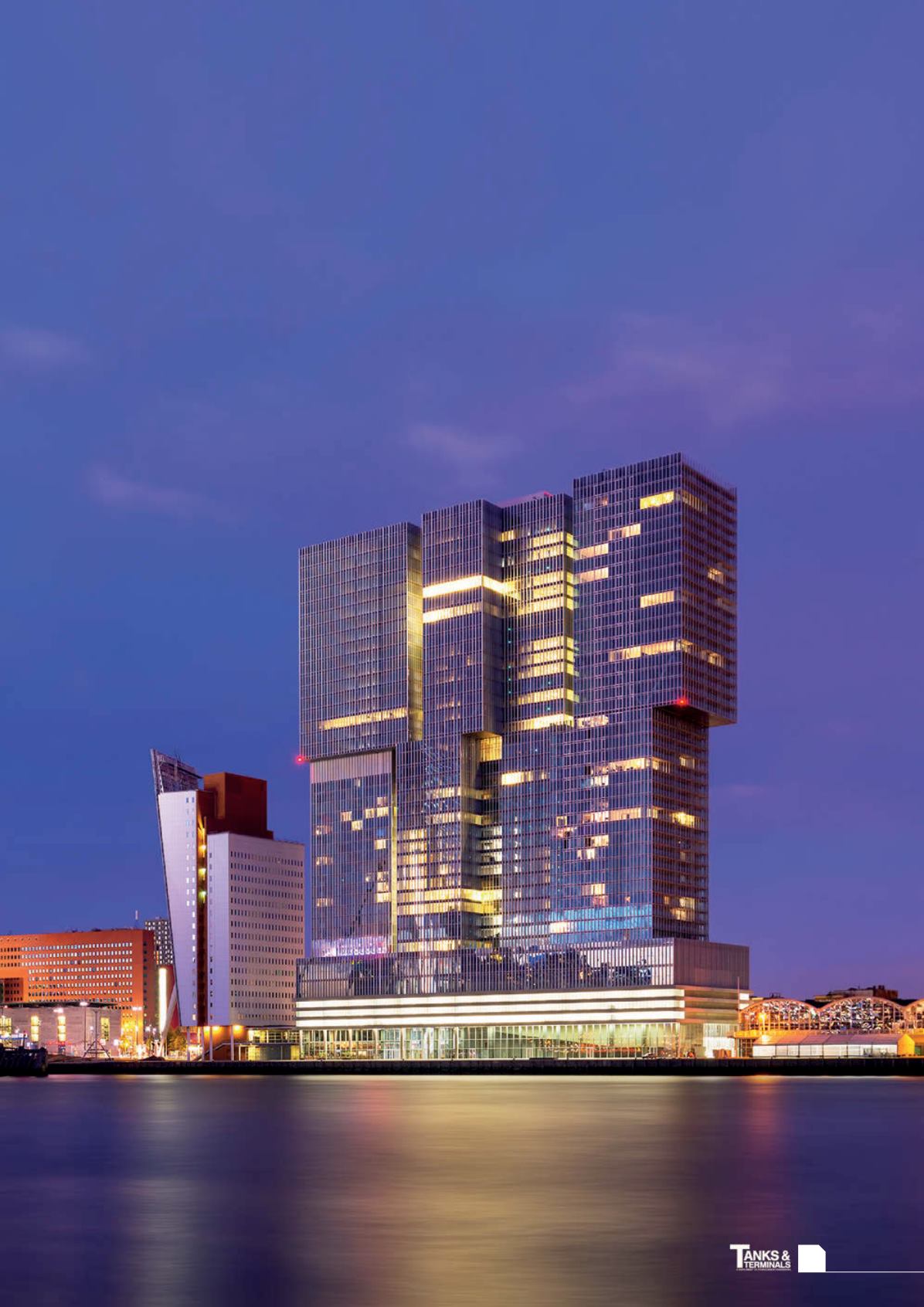
21
HYDROCARBON
ENGINEERING
W
orldwide doom and gloom reigns on the
production side of the oil and gas industry, as oil
prices are well below US$50/bbl. In Europe, this
situation is exacerbated by a lackluster gas
demand, falling from 529 billion m
3
in 2010 to 410 billion m
3
in
2014 (IEA for OECD Europe). The small scale LNGmarket has so
far been considered a tiny but shiny spot of demand, as it was
expected to grow significantly. A recent EU subsidised market
study by LNGMasterplan predicts, in a reference case, a market
in excess of 3 million tpy by 2035 for the lower Rhine region
(essentially Rotterdam and Antwerp), as can be seen in Figure 1.
This article gives an overview of recent small scale
developments, with a focus on Northwest Europe, assessing
whether the oil price fall undermines the small scale LNG
market.
It is often said that fuel changes require a combination of
stricter legislation, availability of the new fuel (with a new
technology), and/or, most importantly, economics that work.
Following the introduction of tighter Euro VI emission targets
for trucks in the EU in 2014, and the worldwide application on
1 January 2015 of stricter sulfur emissions for ships in SECA
zones, the EU now plans to also impose new standards for
emissions from non-road mobile machinery. As LNG claims
clear environmental advantages (especially for particles, noise,
NO
X
and SO
X
) over other fossil fuels, this should create
momentum for the introduction of LNG as a fuel.
Market uptake has, however, been muchmuted, or at least it
is perceived as such by many. In the EU, only around 1500 trucks
use LNG as a fuel (compared to around 200 000 in China), while
worldwide at least as many ships opt for scrubbers as do for
LNG (153 according to DNV-GL per October 2015, compared to
119 per September 2014), with most ships when operating in
SECAs simply switching to diesel, which is now cheap.
Furthermore, only six barges use LNG in European inland
waterways.
The development of the logistical LNG chain with its
necessary infrastructure has, however, made immense progress
in just a couple of years, resulting in increased competitiveness
and robustness.
Supplying 50m
3
of LNG
The transport of LNG volumes of around 50 m
3
in trailers and
containers has a long history, and is used on a large scale in


